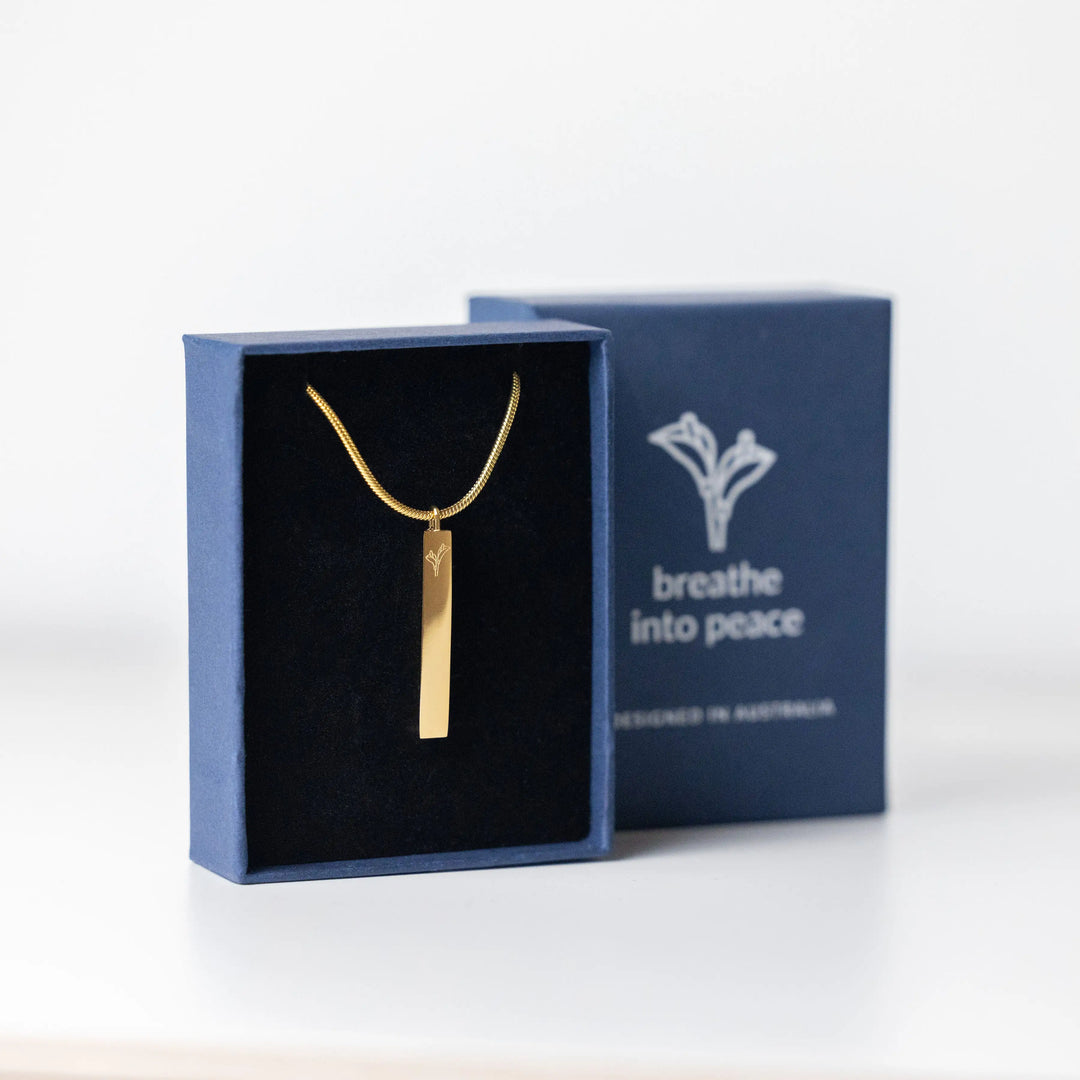Breathwork For Stress Management
In today's fast-paced and demanding world, stress has become a ubiquitous part of life for many individuals. Whether it's due to work pressures, personal responsibilities, or external challenges, chronic stress can take a toll on our physical, mental, and emotional well-being. Fortunately, ancient wisdom and modern science have converged to highlight the profound impact that breathwork can have on managing stress levels and promoting overall wellness. In this article, we'll explore the principles of breathwork and how it can be effectively utilized as a powerful tool for stress management.
Understanding Breathwork:
Breathwork encompasses a diverse range of practices and techniques that focus on conscious control and manipulation of the breath. Rooted in ancient Eastern traditions such as yoga, pranayama, and qigong, breathwork has been practiced for thousands of years as a means of promoting physical health, mental clarity, and spiritual growth. Today, breathwork has gained recognition in Western cultures as a valuable tool for stress management, relaxation, and emotional regulation.
The Science Behind Breathwork and Stress Management:
The connection between breath and stress management lies in the intimate relationship between the breath and the autonomic nervous system (ANS), which regulates involuntary bodily functions such as heart rate, blood pressure, and stress response. The ANS consists of two branches: the sympathetic nervous system (SNS), responsible for the body's "fight or flight" response to stress, and the parasympathetic nervous system (PNS), responsible for the body's "rest and digest" response, promoting relaxation and recovery.
Research indicates that certain breathing techniques can influence the activity of the ANS, shifting the balance from sympathetic dominance to parasympathetic activation. Deep, slow breathing, particularly through the diaphragm, stimulates the vagus nerve, a key component of the PNS, triggering a relaxation response characterized by decreased heart rate, lowered blood pressure, and reduced levels of stress hormones such as cortisol.
Breathwork Techniques for Stress Management:
- Diaphragmatic Breathing (Belly Breathing):
Diaphragmatic breathing, also known as belly breathing, involves deep inhalations that engage the diaphragm and expand the abdomen, followed by slow exhalations that allow the abdomen to gently contract. This technique promotes relaxation by activating the PNS and reducing the physiological markers of stress.
- Box Breathing (Square Breathing):
Box breathing is a structured breathing technique that involves inhaling, holding the breath, exhaling, and holding the breath again, each for equal counts of time (usually four seconds). This rhythmic pattern helps regulate breathing and induces a sense of calmness and focus, making it an effective tool for managing stress and anxiety.
- 4-7-8 Breathing Technique:
The 4-7-8 breathing technique, popularized by Dr. Andrew Weil, involves inhaling for a count of four, holding the breath for a count of seven, and exhaling for a count of eight. This technique promotes relaxation by extending the exhalation phase, which activates the PNS and induces a state of calmness and tranquility.
- Alternate Nostril Breathing (Nadi Shodhana):
Nadi Shodhana is a yogic breathing technique that involves alternating the flow of breath between the left and right nostrils using the fingers to block one nostril at a time. This practice helps balance the activity of the left and right hemispheres of the brain, promoting mental clarity, emotional balance, and relaxation.
- Breath Counting:
Breath counting is a simple mindfulness practice that involves counting each breath as it is inhaled and exhaled, starting from one and counting up to a predetermined number (e.g., ten) before starting over. This practice cultivates focused attention and awareness of the breath, helping to calm the mind and reduce stress.
Incorporating Breathwork into Daily Life:
Integrating breathwork into your daily routine can help you effectively manage stress and promote overall well-being. Try incorporating brief breathwork sessions into your morning or evening routine, taking short breaks throughout the day to practice deep breathing, or using breathwork techniques to unwind before bed. With consistent practice, you'll develop greater resilience to stress and cultivate a greater sense of calmness and balance in your life.
Conclusion:
Breathwork offers a simple yet powerful approach to managing stress and promoting overall wellness. By harnessing the innate connection between breath and the autonomic nervous system, breathwork techniques can help induce a state of relaxation, reduce physiological markers of stress, and cultivate a greater sense of calmness and resilience. Whether practiced as part of a structured meditation practice or incorporated into daily life as a tool for stress management, breathwork offers individuals a valuable resource for navigating the challenges of modern life with greater ease and equanimity.
Sign up for our Breathe Into Peace Workshop to experience the power of breathwork workshops: https://breatheintopeace.com/pages/private-workshop






Leave a comment